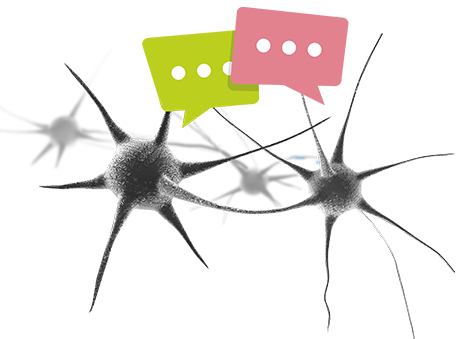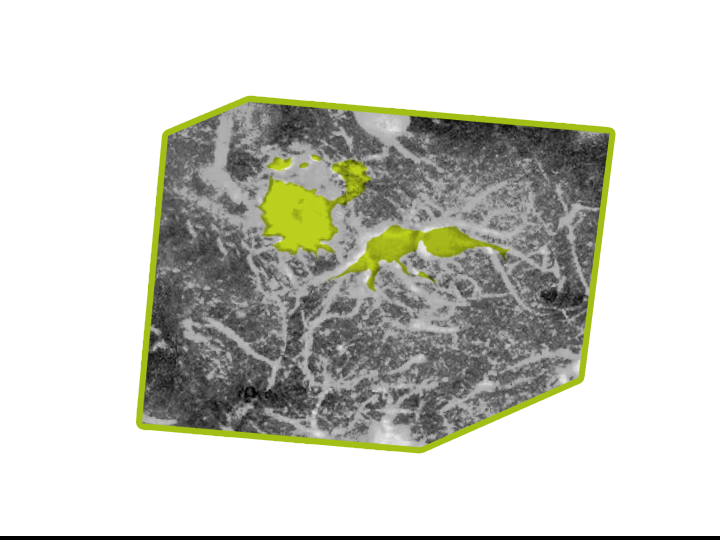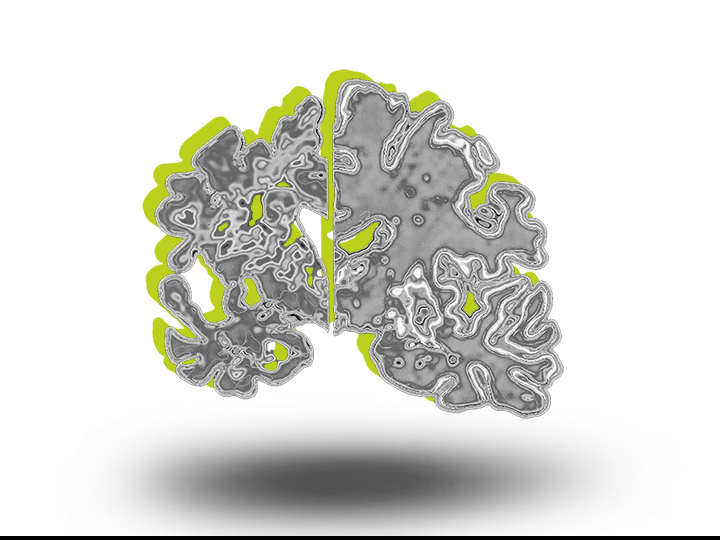Congratulations to
A live stream from the brain

Picture: iStock.com / cosmin4000

Picture: iStock.com / cosmin4000
For a long time, neuroscientists have dreamed about observing nerve cells live in the brain. Now they can – with extreme precision – thanks to the work of Arthur Konnerth and his research group at Technical University of Munich (TUM). Their discoveries have thrown up a few surprises – and pave the way for new therapies to treat dementia disorders like Alzheimer’s.
Medical scientist Arthur Konnerth and his research group are able to observe live and in color what happens in individual nerve cells of the brain and as thousands of these neurons communicate with each other. The scientists use laser beams to create microscopic 3D images of deep layers of tissue, and tiny glass pipettes to measure how nerve cells transmit signals.
This has allowed Konnerth and his team to gain fundamental insights into the workings of the brain – and into what happens with degenerative diseases like Alzheimer’s and other forms of dementia. Today, their methods are used in laboratories around the world. In 2015, Konnerth and three other scientists received the “Brain Prize”, the highest accolade awarded in neuroscience. Their methods have revolutionized the field of brain research, having brought us the first detailed look inside the living brain.

Two-photon microscopy is the method Konnerth has perfected to visualize the activity of individual brain cells and how they communicate with thousands of other neurons. With this method, laser pulses turn a dye injected into the cells bright green. Active cells look particularly bright under the microscope as the dye binds to calcium ions, which are involved in most cell activities. In order to observe the processes in a single cell at the same time, Konnerth combines the laser method with what is known as the patch clamp technique. Here, a glass pipette as thin as a few micrometers measures how ions pass through a cell membrane and how the cell passes on the signals.

How do we store memories? Memory loss is a particularly serious problem for sufferers of dementia. But thanks to Konnerth’s work, we now have a better understanding of how these brain processes work. In 2013, his team discovered how and where the slow and rhythmic waves which travel through the brain in deep sleep are formed. We use these to consolidate what we have learned and transfer memories into long-term storage. Konnerth’s team has also demonstrated that a small bundle of nerve cells inside the brain’s cortex is enough to create a wave that spreads throughout the entire brain – and that this process is disturbed in the brains of Alzheimer’s sufferers.

In 2008, Konnerth’s PhD student Marc Aurel Busche wanted to study the cells that are affected by Alzheimer’s and which consequently are functionally impaired. Instead, he discovered hyperactive nerve cells, which continuously and uncontrollably transmit incorrect signals. The consequence is that the rhythmic and even waves that are so important for memory spiral out of control. A surprising finding which could pave the way for a new treatment for Alzheimer’s disease – a possibility set in motion when the group also discovered how an active agent calmed the hyperactive cells in mice with Alzheimer’s and returned the memory function to normal. In 2017, preparations for a large-scale clinical study got underway.
“The major problem with treating psychiatric disorders, in particular, is that we don’t have a detailed picture of the way the brain works under normal conditions. So we are trying to repair a system we don’t fully understand in the first place. That is why therapies to date are often not sufficiently effective and have too many side effects.”

Arthur Konnerth, Friedrich Schiedel Endowed Chair of Neuroscience at TUM
Picture: Andreas Heddergott / TUM